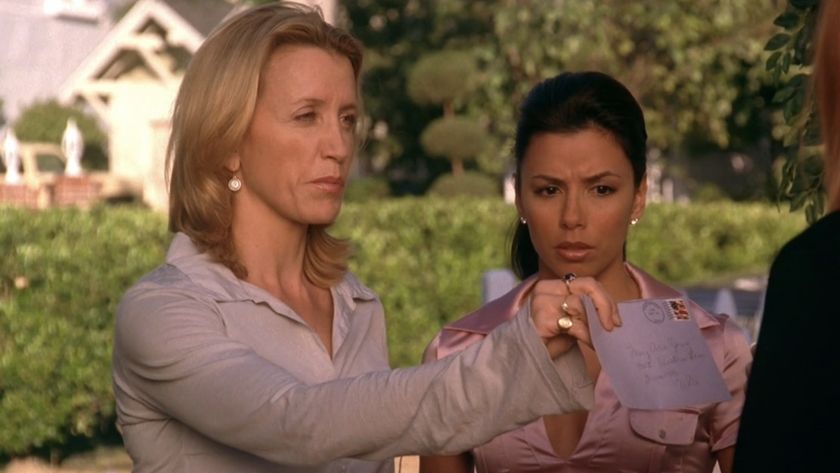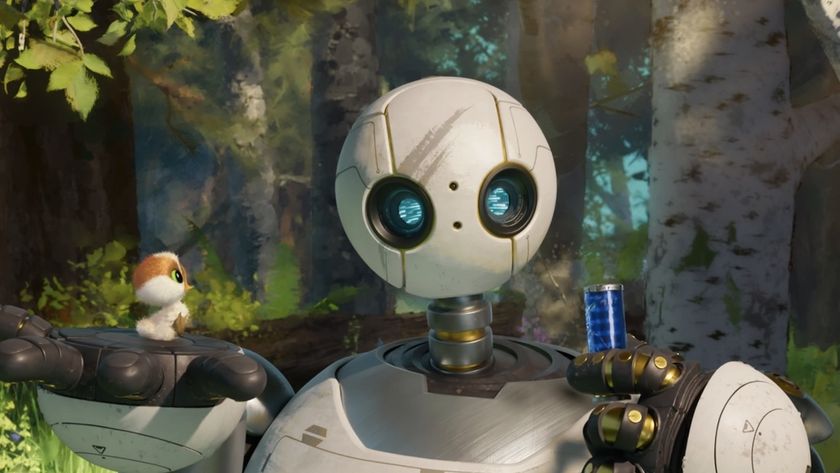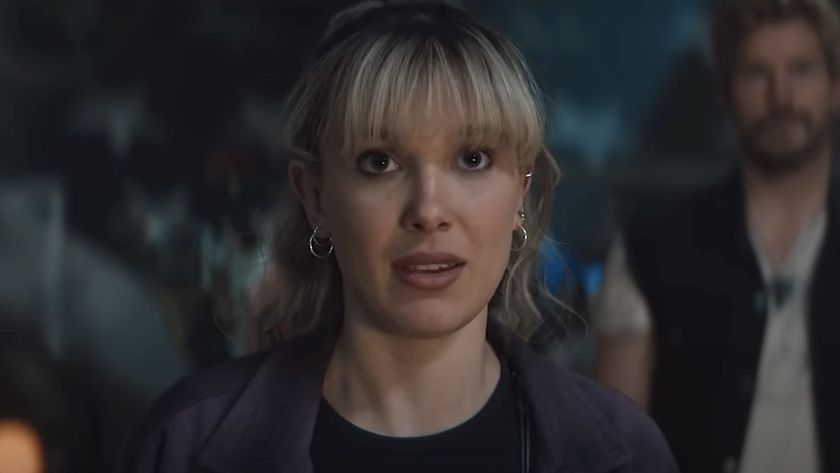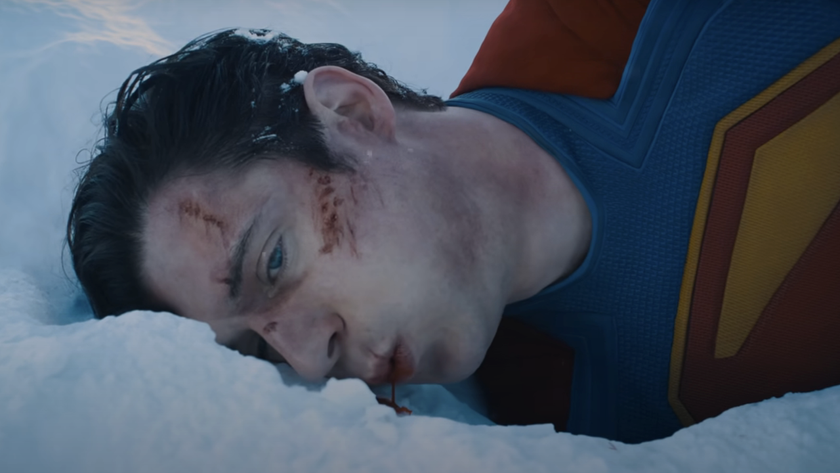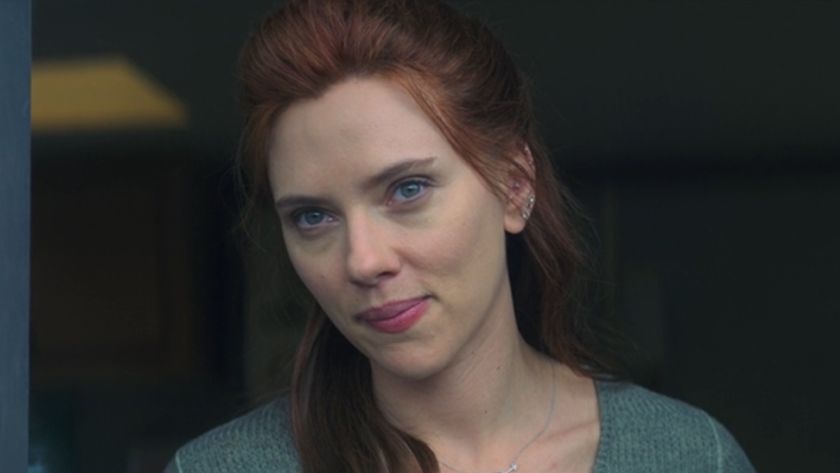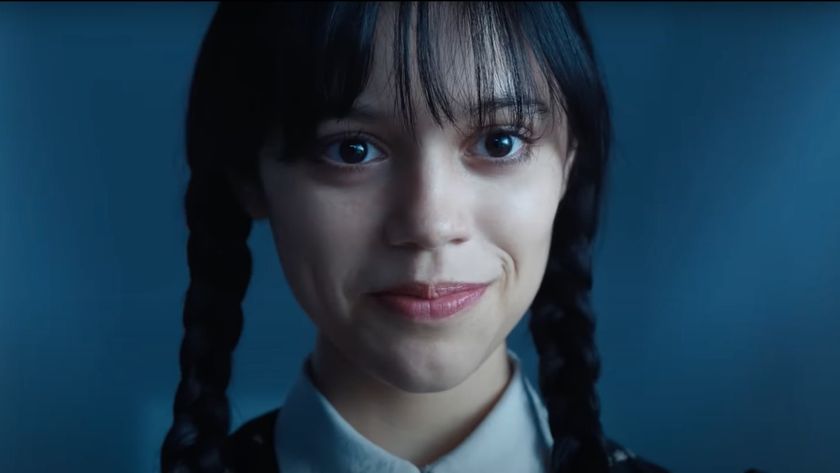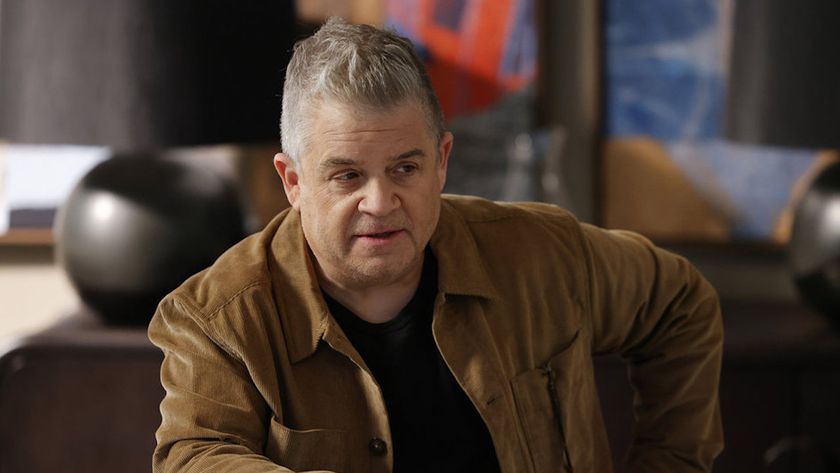How Did Gravity Do That? The Secrets Behind Its Groundbreaking Special Effects
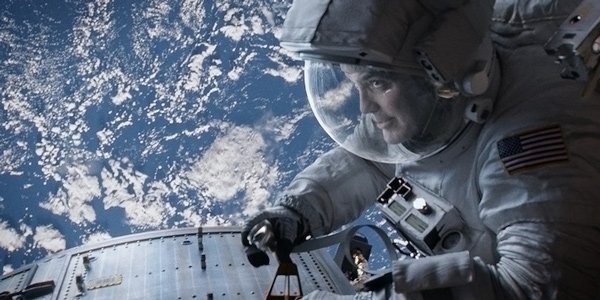
"The day before we were shooting, the robot went right through the dummy that was in the rig, in the light box. A two ton robot. If it had been Sandy, it wouldn’t be pretty."
Many producers wouldn't exactly want to brag about the on-set accidents that could have decapitated the Oscar-winning actress at the center of their movie. But David Heyman has many, many reasons to brag. The Harry Potter producer, who ended the franchise in 2011 with all the money and clout in the world to burn, has minted his next hit with Gravity, the meticulously crafted sci-fi adventure from Alfonso Cuaron that is busy demolishing box office records. He feels OK telling you about the two-ton robot that could have killed Sandra Bullock because he knows that the end result worked. If you didn't walk out of Gravity asking yourself "How did they do that?" you're either not paying attention or maybe Neil DeGrasse Tyson.
So how did they do it? We pressed Heyman for as many details as we could get and combed through interviews that Cuaron and Sandra Bullock have given to figure out as many secrets from behind the scenes as possible. SPOILERS AHEAD for Gravity, though truly, it's more the technology that's being spoiled. See the film and be completely baffled by how they pulled it off, then read below to peek behind the technological curtain.
Inventing technology
The four-year process that Gravity took to come to life involved plenty of typical filmmaking challenges, but also the process of actually inventing technology to make the movie possible. As Heyman tells us, "It’s not a film that could have been made before now." At the Telluride Film Festival earlier this year Cuaron called the film "a big miscalculation," and remembered telling his cinematographer Emmanuel Lubezki " 'Look: this is a small movie, two characters, we’re done in one year.' And for the next four-and-a-half years, he reminded me that I told him that." When Cuaron and Lubezki started the process of actually mapping out the film, "it became very clear that the technology to create the film didn’t exist, so we had to invent the technology."
"It was a great leap into the unknown," Heyman tells us, just before confessing to that story about the camera robot that destroyed the dummy. "All of the technology, you know, when we began the process, we had no idea what we were doing. It was a process of discovery."
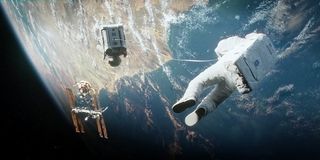
CGI
CINEMABLEND NEWSLETTER
Your Daily Blend of Entertainment News
There were some very real, very physical things that made Gravity possible, like that two-ton camera rig and wires that allowed Bullock to be manipulated like a marionette-- we'll get into those later. But maybe the most miraculous thing about the movie is how it uses CGI in ways that makes even jaded moviegoers marvel at the power of computers. "We knew that the only way to achieve this was digitally," Heyman tells us. "It wasn’t even a question." Some scenes, like the bravura "single-take shot" that opens the film, are almost entirely CGI, with the faces of the actors the only elements that weren't created digitally. Others, like scenes where Bullock is strapped in inside a ship, had tiny touches of CGI, "things like belts floating and the like." Even in the film's final scene, where Bullock crash lands on Earth into a miraculously verdant and Earth-like atmosphere, "we did an awful lot of digital work to green that up, so it didn’t look like an alien landscape." Yes, even the single scene of the movie set here on Earth required digital manipulation.
For many actors who are in CGI-heavy films, the end result can seem alien, as if their work is just a speck inside a story they don't even recognize. But as Bullock told Hitfix, the huge amount of CGI allowed her to experience the movie the way we did. "I had never seen George's side. I'd never seen the stars, the space shuttle. I didn't know what the music was. I didn't know what I looked like in the suit. I didn't know what we were making or what that looked and felt like. And, I felt like, all of a sudden, this was a gigantic organism that had been created out of technology. And to see it in that beautiful 3D where it was used so sparingly and emotionally? I don't know how to describe it."
Pre-animation
Before any actors stepped on to a soundstage or any CGI effects were added, Cuaron had animated the entire film, shot by shot, so that he knew exactly what he wanted to accomplish once he was on the set. As he told The Huffington Post, "We animated the whole film before. We could have released an animated version with the voices of Sandra Bullock and George Clooney."
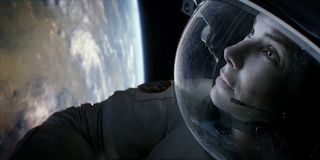
The Lightbox
To capture Bullock and Clooney's faces and bodies in the right light and from the right camera angles, the production team constructed what's probably their biggest innovation: The Lightbox. A 9x9x9 foot cube outfitted with 4,096 LED bulbs, the Lightbox could mimic the light effects from any given scene to allow shadows to play across Bullock's face. It also contained a rig to hold her in place and allow the camera-- often on that two-ton beast that Heyman mentioned, like the ones used to build cars-- to move entirely around her. "It would race up and down that track and the camera was on the end of that robot and around the head it was able to go 360." Though Bullock's character spends much of the film spinning in space, she could never actually go upside down; as Heyman explained to Film.com, "The camera was doing the movement, because, if she goes upside down, then you can see her face and her body straining, and the whole thing with zero G, there is no strain."
When working inside the Lightbox, which Bullock did way more often than Clooney, the actors were locked inside alone and communicating with Cuaron and the crew only through earpieces. "When Sandra was in the cube, she was completely insulated and all the communication was on radio, not unlike the astronauts talking to Houston," Cuaron told The Daily News. "And in between the setups, the process to get her in and out was so long that she chose just to stay there for hours and hours." As Bullock told Digital Trends, ""There was no human connection, other than the voices coming through my little earwig, which helped because it made me feel so alone. I’m glad it was done the way it was done, as whenever I started to become frustrated or lonely or at a loss, I was like, ‘just use it … use it.’"
Puppeteers
Cuaron and Heyman imported the puppeteers behind the smash hit Broadway and West End productions of War Horse to achieve the scenes inside the space stations, where Bullock appears to be floating weightlessly from room to room. Movies like Apollo 13 achieved this effect with the "Vomit Comet", a NASA-outfitted plane that could send actors into free fall for 25 seconds, but Cuaron wanted longer takes, so he and the puppeteers came up with a system. Bullock was suspended from 12 carbon-thin wires, practically invisible onscreen, that were then manipulated by the puppeteers. Bullock explained the process in detail to Hitfix:
"Long story short, they had all these cameras taking pictures of my body. Created almost like a Xerox copying thing, a carbon fiber copy of my chest plate. Just breasts, rib cage that seamlessly placed over my body. I could put my clothes over it. It then had little hooks in it and I would lay down on a table, it was like an operating table, where all these technicians would come in and they would hook me up to the wires and strap my legs [into them]. And then they would lift me up and the puppeteers from War Horse were in the back puppeteering me. And then I had to move the body, do the swing and do everything myself while they would push me in one direction where zero g would push you, not where earth would push you. Everything was designed so I then had to react the way zero g is. It was the closest thing to feeling like I was flying making this movie, the 12-wire. It was painful, but it was so cool."
Why were the long takes worth it? Heyman explains, "Part of the immersive quality, I think comes from the lack of cuts. It’s in a way reminiscent of space footage that we grew up on in the ‘60s and ‘70s and even later, you know, when that was very much a part of our lives."
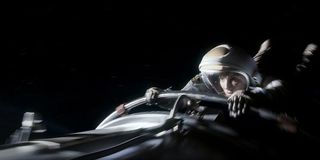
3D
In our series of To 3D or not to 3D columns we've always given the edge to films that use actual 3D cameras, rather than relying on digital manipulation to make it happen in post. But even though Gravity was planned in 3D from the very start-- Cuaron says the original title was Space Adventure In 3D-- the team created the entire 3D effect in post-production. Heyman explains, "Emmanuel Lubezki, Alfonso’s cameraman, was very involved in that decision, as was the digital effects supervisor, and obviously Alfonso. They came to the conclusion that the nature of the filmmaking process-- the cumbersome nature of 3D cameras, but also the flexibility of doing it in post. It was a decision made early on, and actually, I honestly believe that the 3D in this film is better for having been done the way it has been done."
Ignoring the scientific naysayers
Heyman tells us that he hasn't read astrophysicist Neil DeGrasse Tyson's complaints about scientific inaccuracies in the movie, but that complete accuracy wasn't what they were going for anyway. "We were trying to build an immersive experience. It wasn’t making a documentary. There are a lot of astronauts that approached us, and one said to me, 'I’m so pleased you’ve made this film, because while my time up in space was not as harrowing as Ryan’s it most certainly, the visual, and the feel, and the sound of being in space is so perfectly illustrated, and I can now take my family to the film and they can see what it was like for me up there.' That’s pretty cool."
Staff Writer at CinemaBlend

